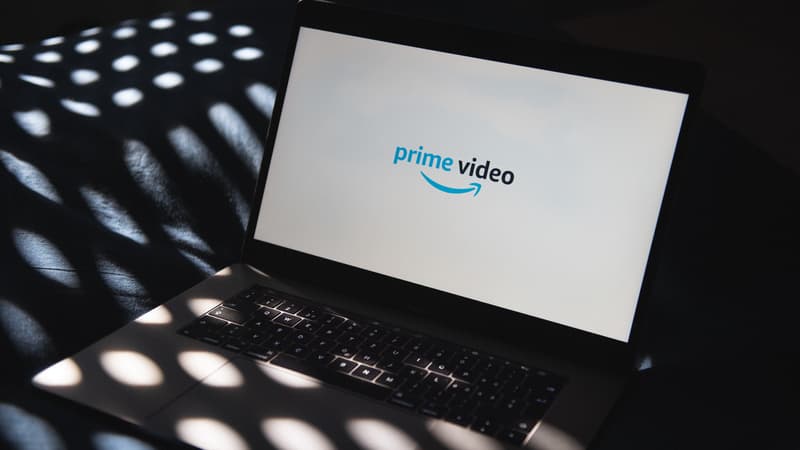Amazon Prime Video emerged in the streaming market after Netflix, and had a harder time establishing itself for several years. But there are signs that his strategy is starting to pay off. This year, Amazon Prime Video is expected to spend $15 billion on its streaming services (production and streaming combined) compared to an estimated $13.6 billion for Netflix, according to Bloomberg Intelligence.
Blockbusters like the series power rings they are witnesses to this and will surely attract more people to the Amazon ecosystem. Like Thursday night footballone of the most popular programs in the United States, of which Amazon has the exclusive for the next eleven years.
How to explain this investment? Netflix has outspent Amazon over the last decade and has produced far more shows and movies. But Amazon Studios head Jennifer Salke has a budget of $10 billion, which jumps to $15 billion if you include the purchase of sports rights. An amount quite close to that of Netflix.
A profitable strategy
With Prime Video leading the loss-making giant Amazon, the need for profitability from the service itself is less pressing. For their part, Netflix and Disney are worried about whether their platforms attract new customers or lose subscriptions.
“Amazon Prime Video has always had trouble defining what it is,” Parrot Analytics wrote in a report published this year. However, its strategy is well-honed: Amazon has taken a different approach to entertainment than any other major streaming company. Each week, the platform offers one or two of the most popular original series streaming in the United States, compared to seven or eight on Netflix. His most popular original films of the last two years were products bought from other studios, as seen in the acquisition of the MGM studio. Amazon uses entertainment to attract consumers to its ecosystem and market other products.
In fact, the Amazon ecosystem is much broader than just the video ecosystem. Like Apple, the company approaches entertainment as an aggregator. His original shows are just one part of a much larger whole. This approach has been key to Apple’s success. Customers who subscribe to the Apple One subscription, which comprises five offers, are less likely to cancel their subscription.
Source: BFM TV


